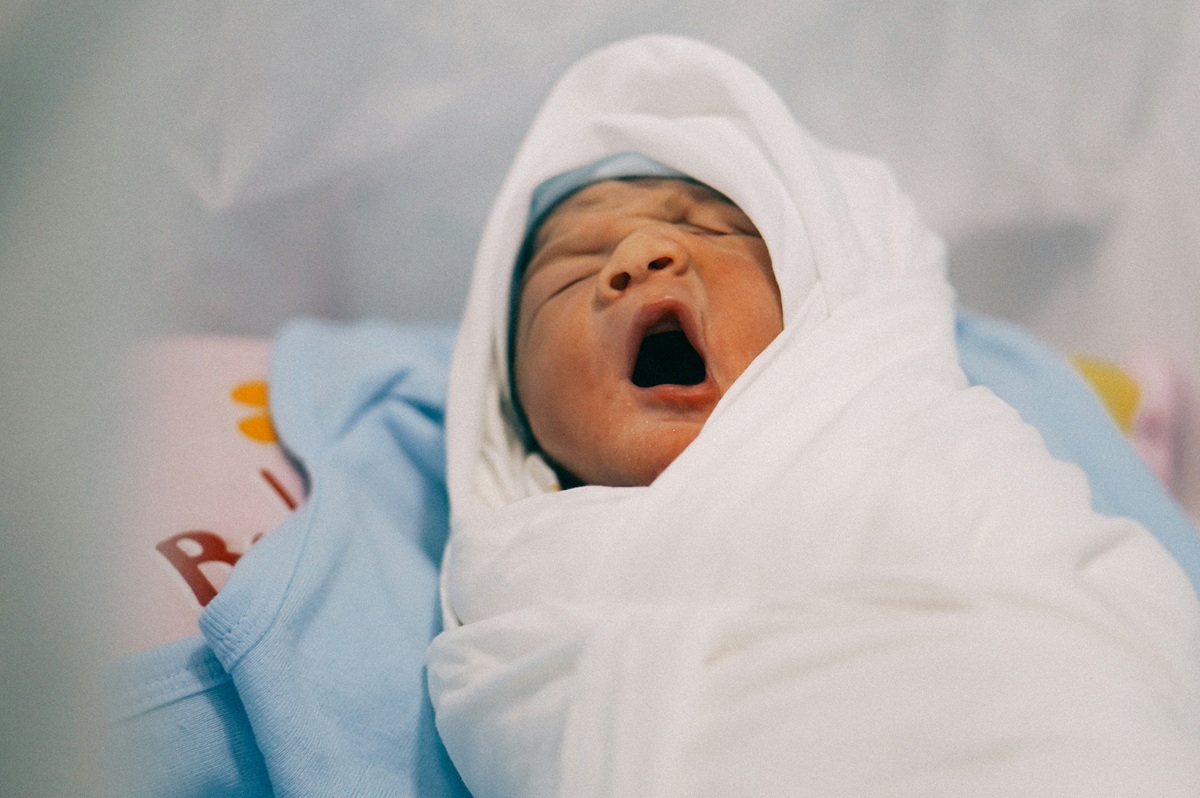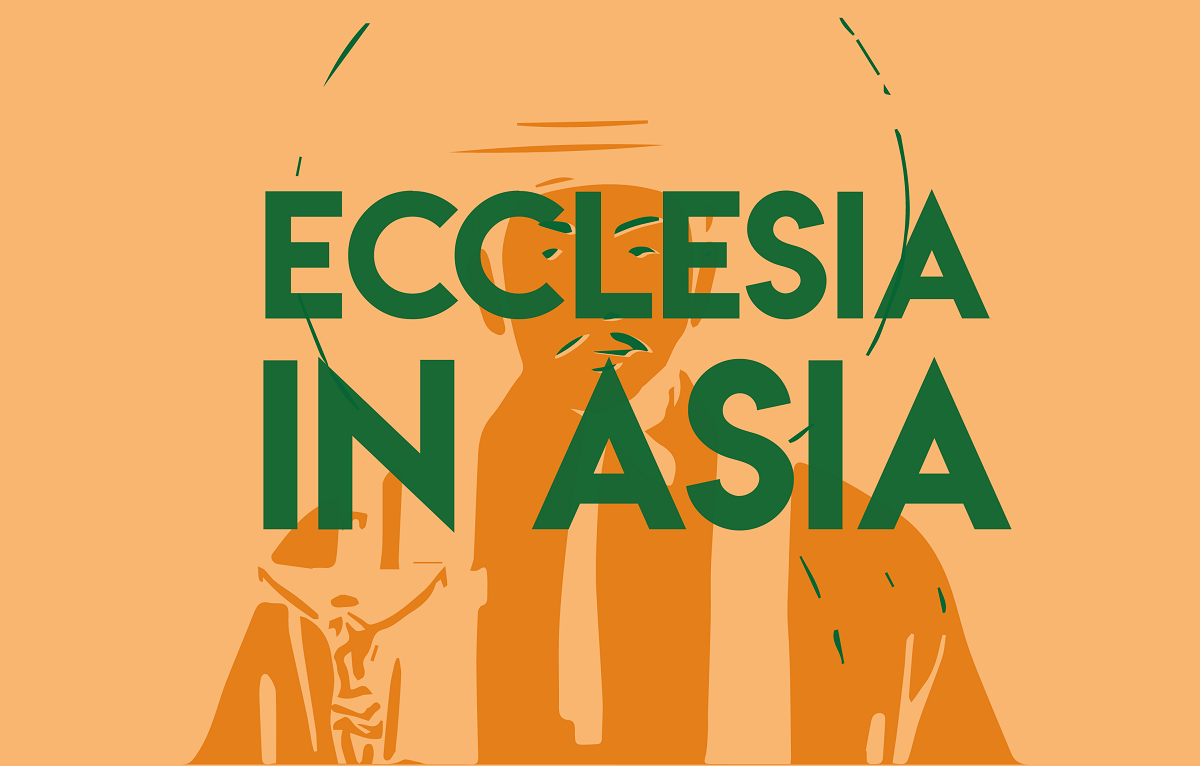The birth rate continues to rise in Seoul. But will it last?
For eleven consecutive months, South Korea, which held the sad record of being the country with the lowest fertility rate in the world, has been recording a reversal of this trend, albeit in a context that remains far from the replacement rate. From January to May 2025, birth growth accelerated with a 6.9% increase compared to the same period last year. This is mainly due to public incentives for marriage. But the challenge remains to convince those who do not want to have children today.
Milan (AsiaNews/Agencies) - South Korea continues to hold the record for the lowest birth rate in the world. According to projections by the Institute for Health Metrics and Evaluation at the University of Washington in Seattle, the Korean population could halve by the end of this century, falling from the current 51 million to 26.8 million. This is similar to the figure in 1953, at the end of the Korean War.
However, for eleven consecutive months, there has been a slight but steady increase, raising hopes for a possible (at least partial) change of course. According to data from Statistics Korea, there were 20,309 new births in May, 3.6% more than the 19,567 in the same month last year.
Overall, from January to May this year, there were 106,048 births, an increase of 6.9% compared to the same period in 2024, the highest ever recorded since these surveys began in 1981. This trend has also led to a slight increase in the fertility rate, which reached an average of 0.75 children per woman of childbearing age in May.
However, we are still far from a turning point: for the population to remain stable – i.e. without growing or declining – every woman would need to have at least two children.
According to Statistics Korea, “the increase in births seems to be influenced by the increase in marriages compared to last year, the growth of the female population in their thirties and various policies to promote births”.
In recent years, the South Korean government has sought to counteract the demographic decline through a series of measures, mainly economic. Since 2006, over 360 trillion won (approximately 250 billion euros) has been spent on family support programmes, such as childcare subsidies.
Since 2022, parents have received 2 million won (€1,360) upon the birth of a child. Furthermore, starting this year, the city of Seoul is offering a bonus of 1 million won (approximately €623) to those who decide to get married in the capital. In addition to financial aid, the government has also introduced measures to make family life easier.
From this year, for example, fathers are entitled to 20 days of paid paternity leave, while after-school programmes in primary schools are gradually increasing.
The strategy adopted by the Korean government has aimed to encourage births by improving living standards in certain areas where there has been a significant decline in the birth rate. The aim is to make these areas places where families can imagine a stable future.
One example is the city of Pyeongtaek, about two hours' drive from Seoul, where the construction of new apartments and job creation programmes, including the construction of a new Samsung Electronics campus, have attracted more families to the region. Revitalising a community means redeveloping an urban area through services such as schools, transport and job opportunities, raising the quality of life and ensuring the stability necessary to convince couples to have children.
Today, Pyeongtaek is one of only two South Korean cities with over 300,000 inhabitants to have a birth rate above 1. Finally, the government has also tried to encourage marriage through more unusual initiatives. The Seoul authorities, for example, organise meetings for singles, designed for those who have little time or opportunity to socialise. Apparently, this approach is also bearing fruit.
According to some experts, however, the steady increase in births in South Korea is mainly linked to the growth in marriages recorded in recent years. In 2024, they increased by 14.8%, reaching 222,400. This is the highest number in the last five years, growing for the second consecutive year, according to Statistics Korea.
The fact that marriages have been steadily increasing for several years also creates positive expectations for steady growth in the birth rate in the coming years. In April, for example, 18,921 couples got married, an increase of 4.9% compared to the same month last year, marking the thirteenth consecutive month of growth.
These figures also highlight the close correlation between marriage and motherhood in South Korea. There are very few births outside marriage, which is why marriage figures are a key indicator of future birth trends.
However, among the factors that may explain the current increase in births is the growth of the female population in the most fertile age group. Women aged between 30 and 34 (the age group most likely to marry and have children) increased from 1.51 million in 2020 to 1.65 million in May this year. This is a consequence of the baby boom that took place between 1991 and 1995, but this is obviously not a factor that can last over time.
This is another reason why we need to remain cautious about the long-term sustainability of this trend: a distinction must be made between incentives that have only had immediate effects and those that will have a lasting impact over time.
In an interview with Newsweek, Jung Jae-hoon, professor at the Department of Social Welfare at Seoul Women's University, observed: 'Government policies have influenced those who already wanted to have children. However, the low birth rate is caused by the significant number of people who do not even consider this option. A genuine and lasting reversal of the phenomenon must address this second group of people."
12/02/2016 15:14
28/05/2024 18:34







.png)










